If Exercise is Medicine for People with Parkinson’s, Why Isn’t Everyone Doing It?
The three national thought leaders presenting at the Annual Parkinson’s Symposium in 2015 were all in passionate agreement: exercise is imperative in treating the symptoms of Parkinson’s disease. We have cultivated and grown many Parkinson’s-specific exercise programs in Sarasota County, from spin classes to yoga, at levels appropriate for all stages of the disease. In addition, exercise is the only know treatment modality with 100% positive side effects!
So why isn’t everyone doing it?
As a Care Advisor and Health Coach, I am continually striving to understand what motivates or inhibits people from exercising. Why are some in our Parkinson’s community committed exercise enthusiasts, while others seem to come up with innumerable reasons why they can’t participate in physical activities?
I believe a core reason may be what the American Council of Exercise refers to as the concern for “psychological safety.” If someone has Parkinson’s, that person may believe that participating in exercise is dangerous. A fear of falling, freezing of gait, or muscle stiffness preventing completion of an exercise class may prevent a potential exerciser from starting a program that could help reduce all these symptoms.
People with Parkinson’s may also have heightened feelings of self-consciousness, and may fear embarrassment while participating in a class setting. Gyms can be intimidating, and often it is difficult to know where to start. Even the most structured and supervised exercise classes have some levels of unpredictability.
 Another concern people with neuro-degenerative diseases face is coming to terms with diminished physical abilities. If a person with Parkinson’s has had an active and athletic past, it may be difficult to acknowledge what the body can no longer do. Seeing others at later stages of Parkinson’s may dissuade someone from attending an exercise group that could slow down the progression of the disease.
Another concern people with neuro-degenerative diseases face is coming to terms with diminished physical abilities. If a person with Parkinson’s has had an active and athletic past, it may be difficult to acknowledge what the body can no longer do. Seeing others at later stages of Parkinson’s may dissuade someone from attending an exercise group that could slow down the progression of the disease.
So how can we address these concerns? Those with Parkinson’s first need to know that they are not alone, that there are many people fighting this disease with exercise and are having fun doing it. Finding a safe and effective exercise class with qualified professionals in a supportive environment is the next step. Often times it is less intimidating to attend an exercise class with a spouse or friend, and always know that if you are new to exercise, you will always be encouraged to go at your own pace until you become more confident in your abilities. Finally, not only do regular exercisers have fun and empower themselves with the ability to help diminish their Parkinson’s symptoms – they become stronger in body, attitude and spirit. Be a Parkinson’s fighter.
Carisa Campanella, BA, AS, is an ACE Health Coach and ACSM Personal Trainer. She is the Program Manager at the Neuro Challenge Foundation for Parkinson’s. Neuro Challenge provides ongoing monthly support groups and educational programs, individualized care advising and community resource referrals to help empower people with Parkinson’s and their caregivers.


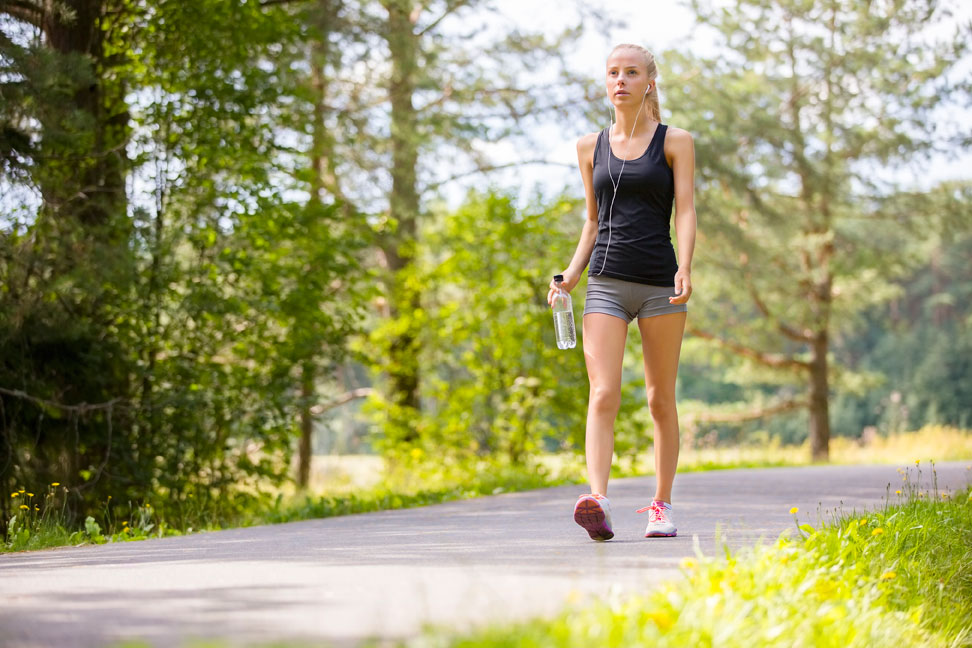
 When was the last time you walked? I mean REALLY walked?
When was the last time you walked? I mean REALLY walked? The Optimal Stride for Fascial Fitness
The Optimal Stride for Fascial Fitness
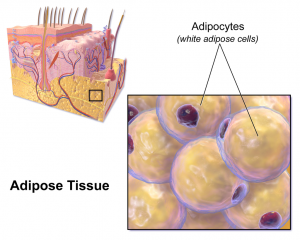
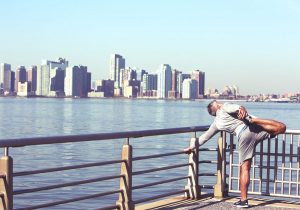 Since Type 1 diabetics are prone to experiencing hypoglycemia after prolonged aerobic expenditure, a single 10-second sprint could help retain healthy sugar levels.
Since Type 1 diabetics are prone to experiencing hypoglycemia after prolonged aerobic expenditure, a single 10-second sprint could help retain healthy sugar levels.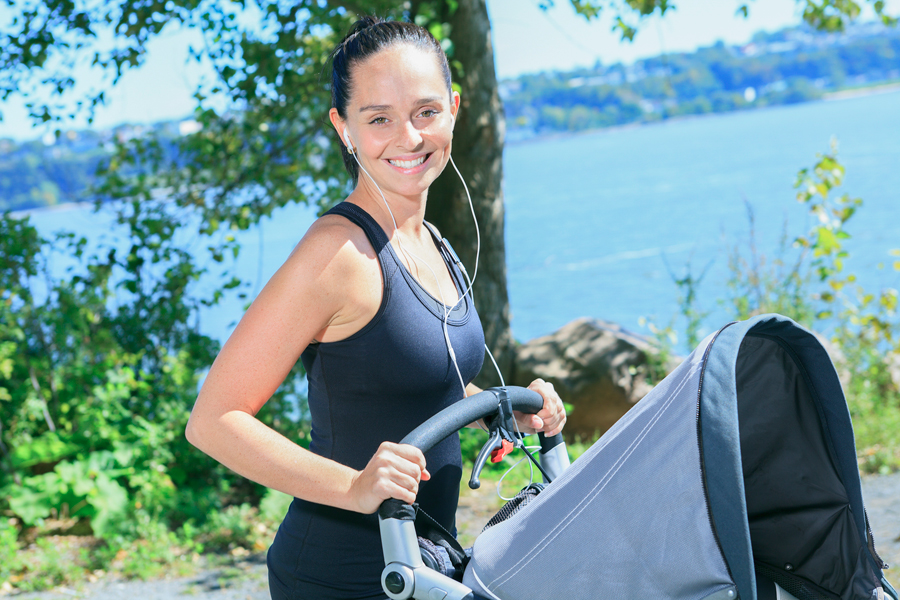
 Walking
Walking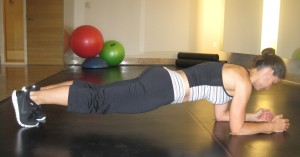 Planks are good exercises that target and tone your abs, thighs and butt. Planks are also a great way to strengthen your abs without straining your back and neck. Begin by lying on your stomach on the floor. Put your forearms on the floor beneath your shoulders and keep your back straight with your legs extended so that your toes touch the floor.
Planks are good exercises that target and tone your abs, thighs and butt. Planks are also a great way to strengthen your abs without straining your back and neck. Begin by lying on your stomach on the floor. Put your forearms on the floor beneath your shoulders and keep your back straight with your legs extended so that your toes touch the floor.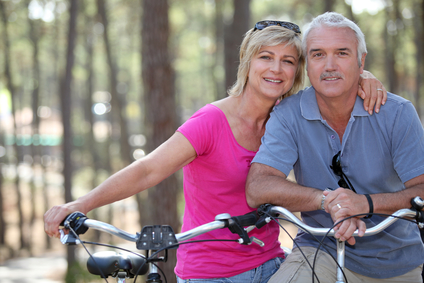




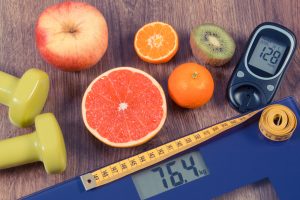 To understand how exercise treats diabetes, it is important to understand that diabetes is the end result of insulin resistance. Insulin resistance can be illustrated in that: when we eat something with carbohydrates or sugar, our body breaks it down into blood sugar known as glucose. This glucose triggers a response from our pancreas to produce the hormone insulin. Insulin in turn shuttles the blood sugar into the cells to be used as energy. However, when someone becomes insulin resistant the cells do not respond to the insulin’s attempt to shuttle the blood sugar into the cell, so the pancreas produces more insulin to get the same job done. In essence, the cells are developing a tolerance to the insulin and in order to get the blood sugar absorbed the cells begin to require more and more insulin to do the same job. This leads to the blood retaining the blood sugar for prolonged periods of time as well as an elevated presence of insulin. When someone has prolonged high blood sugar, we call this hyperglycemia and the person is said to be diabetic. Having high blood sugar is dangerous due to the stress it places on cells. It can cause many problems up to and including death.
To understand how exercise treats diabetes, it is important to understand that diabetes is the end result of insulin resistance. Insulin resistance can be illustrated in that: when we eat something with carbohydrates or sugar, our body breaks it down into blood sugar known as glucose. This glucose triggers a response from our pancreas to produce the hormone insulin. Insulin in turn shuttles the blood sugar into the cells to be used as energy. However, when someone becomes insulin resistant the cells do not respond to the insulin’s attempt to shuttle the blood sugar into the cell, so the pancreas produces more insulin to get the same job done. In essence, the cells are developing a tolerance to the insulin and in order to get the blood sugar absorbed the cells begin to require more and more insulin to do the same job. This leads to the blood retaining the blood sugar for prolonged periods of time as well as an elevated presence of insulin. When someone has prolonged high blood sugar, we call this hyperglycemia and the person is said to be diabetic. Having high blood sugar is dangerous due to the stress it places on cells. It can cause many problems up to and including death.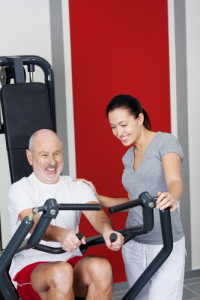 What is known is:
What is known is: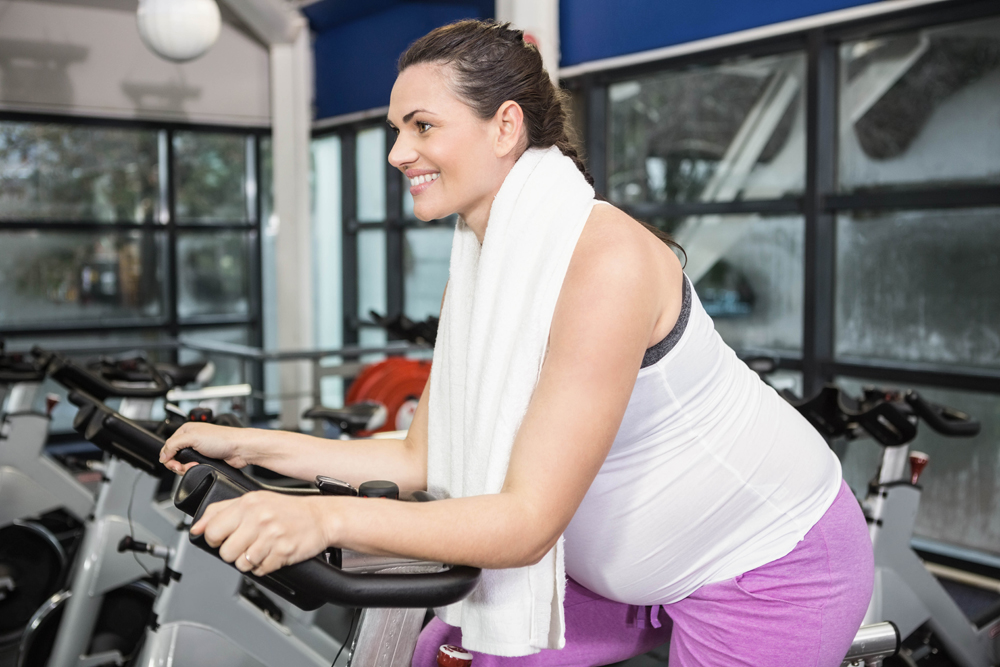
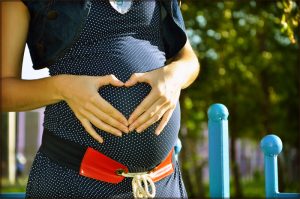 Pregnancy can be a joyous time for women and it is also a period where the body experiences many significant changes. Since exercise can be beneficial to the mother in managing stress and staying healthy, it is important to for every pregnant woman to get clearance from their physician for both starting a new exercise program and/or maintaining her existing one.
Pregnancy can be a joyous time for women and it is also a period where the body experiences many significant changes. Since exercise can be beneficial to the mother in managing stress and staying healthy, it is important to for every pregnant woman to get clearance from their physician for both starting a new exercise program and/or maintaining her existing one.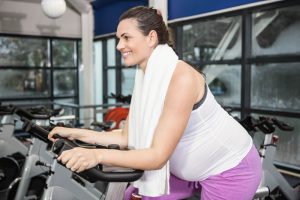 Examples of some exercises that you can do safely while you are pregnant are walking, water workouts, stationary bicycling, yoga and Pilates. Walking is a good option for many pregnant women because it is easy on the joints and muscles and it also gives a total body workout. If however you have low back pain you might consider wearing a pregnancy support belt and/or water workouts to reduce stress on the back. The water supports your weight so you avoid injury and muscle strain. For those who like bicycling and want to continue, stationary bicycling is a great alternative to avoid falls. Modified yoga and Pilates are great for reducing stress, improving flexibility, and focused breathing. Keep in mind that balance poses/exercises can be challenging due to a shift in the center of gravity caused by a growing belly, so it is okay to modify to accommodate this change. Pregnant women should also avoid poses that require them to be still or lie on their back for long periods.3
Examples of some exercises that you can do safely while you are pregnant are walking, water workouts, stationary bicycling, yoga and Pilates. Walking is a good option for many pregnant women because it is easy on the joints and muscles and it also gives a total body workout. If however you have low back pain you might consider wearing a pregnancy support belt and/or water workouts to reduce stress on the back. The water supports your weight so you avoid injury and muscle strain. For those who like bicycling and want to continue, stationary bicycling is a great alternative to avoid falls. Modified yoga and Pilates are great for reducing stress, improving flexibility, and focused breathing. Keep in mind that balance poses/exercises can be challenging due to a shift in the center of gravity caused by a growing belly, so it is okay to modify to accommodate this change. Pregnant women should also avoid poses that require them to be still or lie on their back for long periods.3